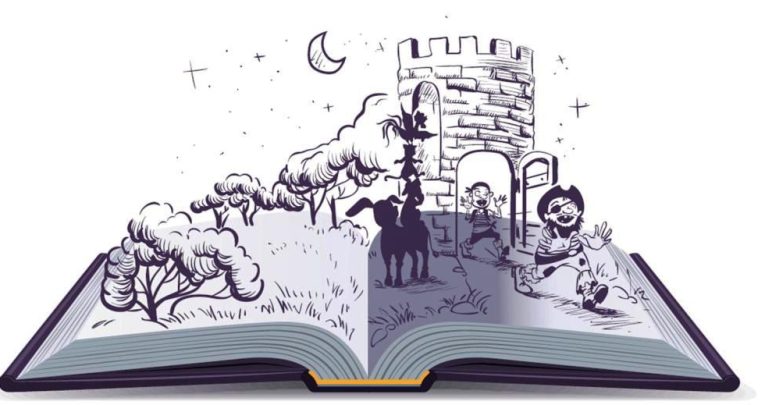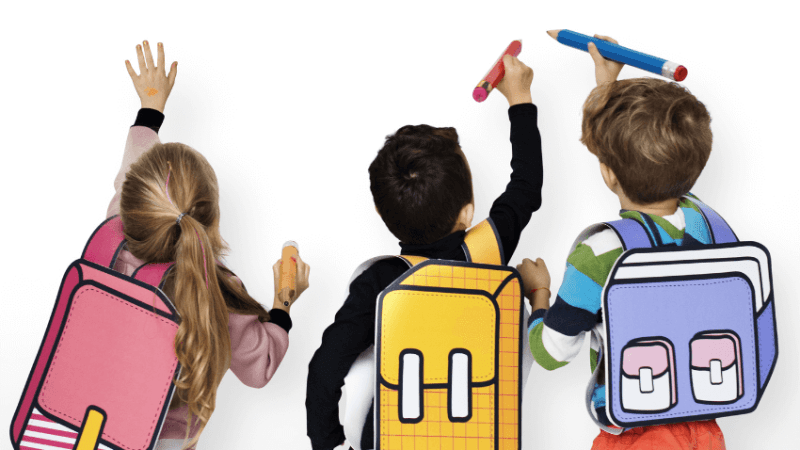8 Ways to Use Classic Children’s Books in your Primary Classroom

Bob Cox’s ideas will help children of all abilities to engage with – and enjoy – more-challenging texts…

- by Teachwire
- Classroom expertise and free resources for teachers

1 | Use as part of a quality curriculum
Plan for quality thinking, quality reading and quality writing throughout the primary curriculum. Aim for a balance of top class picture books, and challenging contemporary and classic children’s fiction and literature; the right literature choices will stimulate deeper possibilities – as exemplified in pupils’ work found here.
2 | Link classic extracts with modern texts
Extracts from long, famous novels originally written for adults tend to have the most impact on standards. Focused class study of dramatic scenes like the dog leaping from the mists in Hound of the Baskervilles or the wonder of the Catskill Mountains in Rip Van Winkle can deepen comprehension and inspire top class creative writing. Be sure to have contemporary texts on similar themes on the tables; selections can vary in readability but should link in genre or author.
3 | Poetry please!
Use the same ‘link reading’ and intertextuality approach to poetry. Flood your pupils with many poems from all eras, but use classic texts in detail to inspire your lessons – choosing from the work of someone like Emily Dickinson or Walter de la Mare. I have also had terrific response from teachers using Charlotte Mew’s The Call and Christina Rossetti’s What is Pink?
4 | Inspire mastery learning
Classic texts will give you the opportunity to go deeper. The richness of more complex texts is subtle. They often offer ambiguity, and a variety of styles and cultural or vocabulary barriers to unpick. This is an opportunity, not a threat. Choose texts which are harder than your pupils are used to and the chance is there to teach new concepts. And for those ready for greater depth reading and application, there is ample opportunity!
5 | Choose carefully
Just because something is an ‘old favourite’, that doesn’t mean it will give you the depth you need for teaching English – even if it has been written specifically for children. There has to be appropriate content which hooks the imagination of your pupils; extracts from novels and classic poems need to be ones which open doors and can link with modern classics like Varjak Paw or The Island at the End of Everything.
6 | Consider cultural capital
If pupils don’t hear about famous music, art and literature from us, they may not encounter it at all, or understand its roots when they do. Great literature gives pupils in every school in the country cultural capital and increases confidence, communication skills and love of learning. It’s global too – so think wide as well as deep when you choose your texts.
Trending
7 | Get philosophical
If you get your choices right, you will find an extraordinary response from all abilities to the ghastly Miss Havisham or the strange presence in Charlotte Mew’s The Call; while HG Wells’ First Men in the Moon stimulates thinking about why mankind reaches for the stars. You can start with younger pupils: Peter Pan; The Wizard of Oz; poems by James Reeves. By the time they are in year 6 they will find formal ‘unseens’ much easier, as they will have had a diet of challenge and opportunity and debate.
8 | Be a reading teacher
For everyone, ongoing reading is knowledge acquisition and joy. Why not make it a habit to discover or rediscover some famous writers from the past for yourself, and link them with children’s writers of today? There are links everywhere. You probably know Lord of the Flies but have you read Where the World Ends by Geraldine McCaughrean? It could become a modern classic. Keep reading and learning; for me, the older I get, the less I know!
Bob Cox is an educational consultant, presenter and award winning writer of the ‘Opening Doors’ series, published by Crown House.










